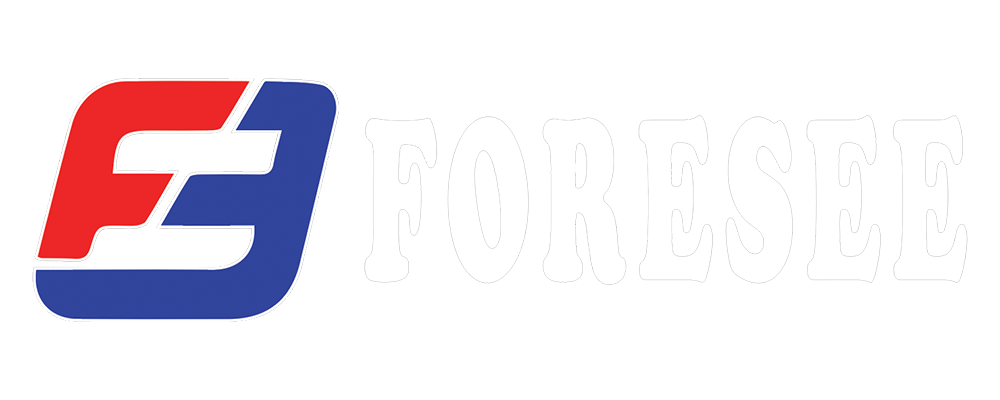An Attack Hose and a Fire Hose are both types of hoses used in firefighting, but they serve different purposes and have distinct characteristics:
- Attack Hose: An Attack Hose, also known as a Attack Line or Attack Hose Line, is a smaller-diameter hose typically used by firefighters to deliver a high-pressure stream of water or fire-retardant agents directly to the seat of the fire. It is designed to be lightweight, flexible, and easy to handle, allowing firefighters to move quickly and efficiently in confined spaces or during firefighting operations. Attack hoses are commonly used to suppress and extinguish fires in their initial stages and for tactical firefighting maneuvers.
The diameter of an Attack Hose is usually between 1.5 inch to 3.0 inches (38 to 76 mm), making it suitable for hand-held nozzle operations. The smaller diameter allows for higher pressure and concentrated water flow, ideal for combating smaller fires and performing aggressive firefighting tactics.
- Fire Hose: A Fire Hose is a larger-diameter hose used primarily to supply a substantial amount of water from a water source (such as a fire hydrant or a fire engine) to an Attack Hose or other firefighting equipment. Fire hoses are designed to have high durability and withstand the rigors of prolonged use, including exposure to heat, abrasion, and harsh conditions during firefighting operations.
Fire hoses come in various diameters, commonly ranging from 3 inches to 5 inches (76 mm to 127 mm) or even larger. The larger diameter allows for a higher flow rate, ensuring a steady supply of water to effectively combat large and intense fires.
In summary, an Attack Hose is a smaller-diameter hose used by firefighters to directly attack and extinguish fires, while a Fire Hose is a larger-diameter hose used to supply water from a water source to firefighting equipment, including Attack Hoses, for efficient fire suppression operations. Both types of hoses play critical roles in firefighting and work together to control and extinguish fires effectively.

Recent post